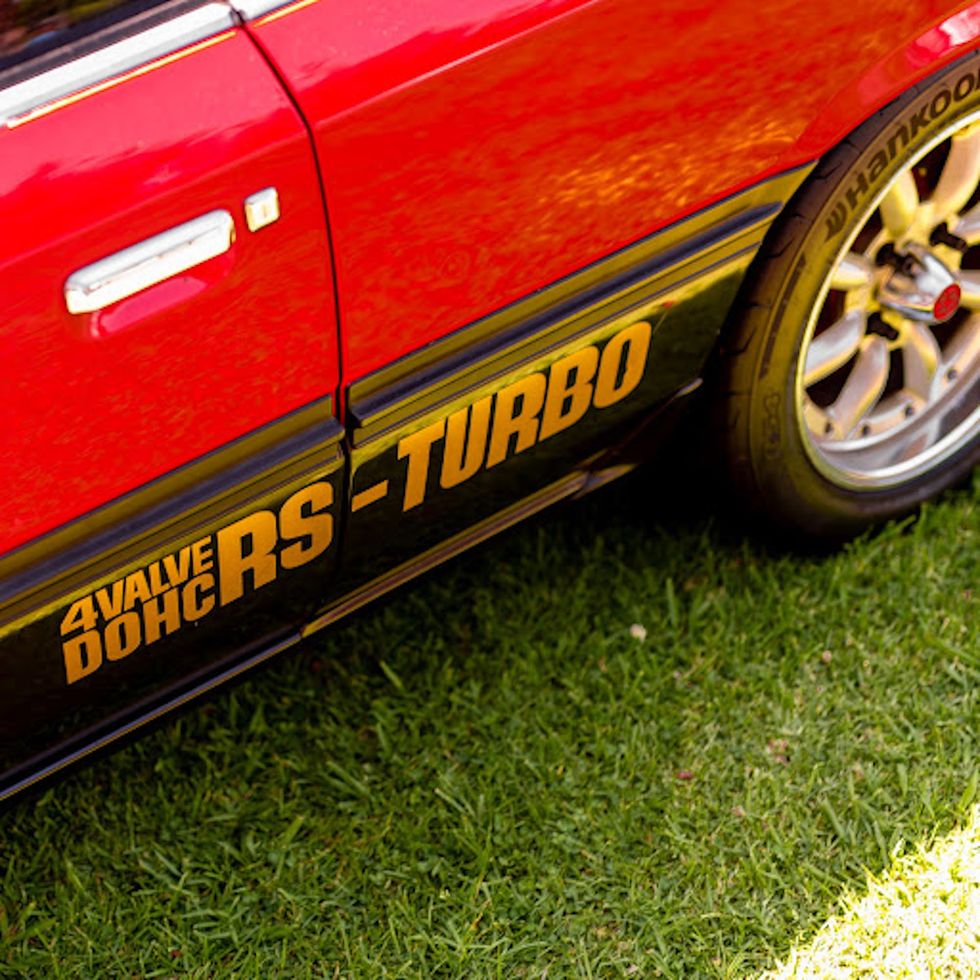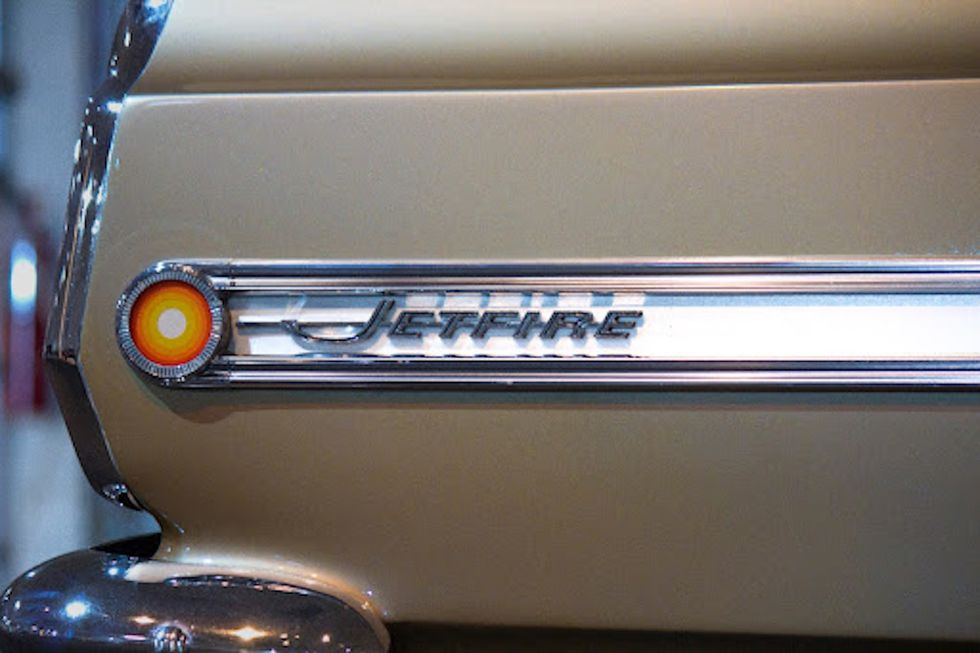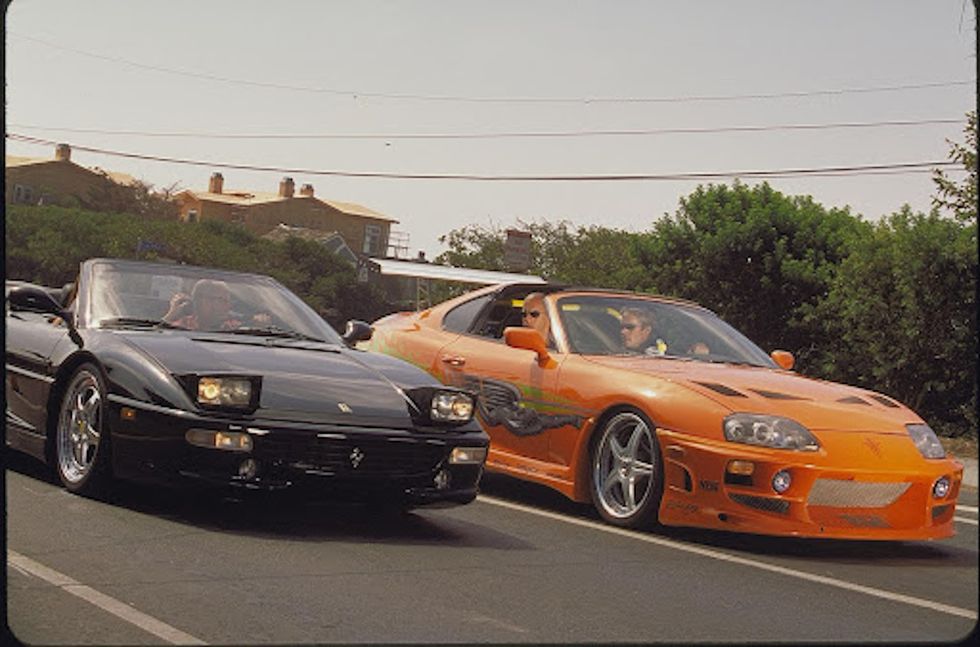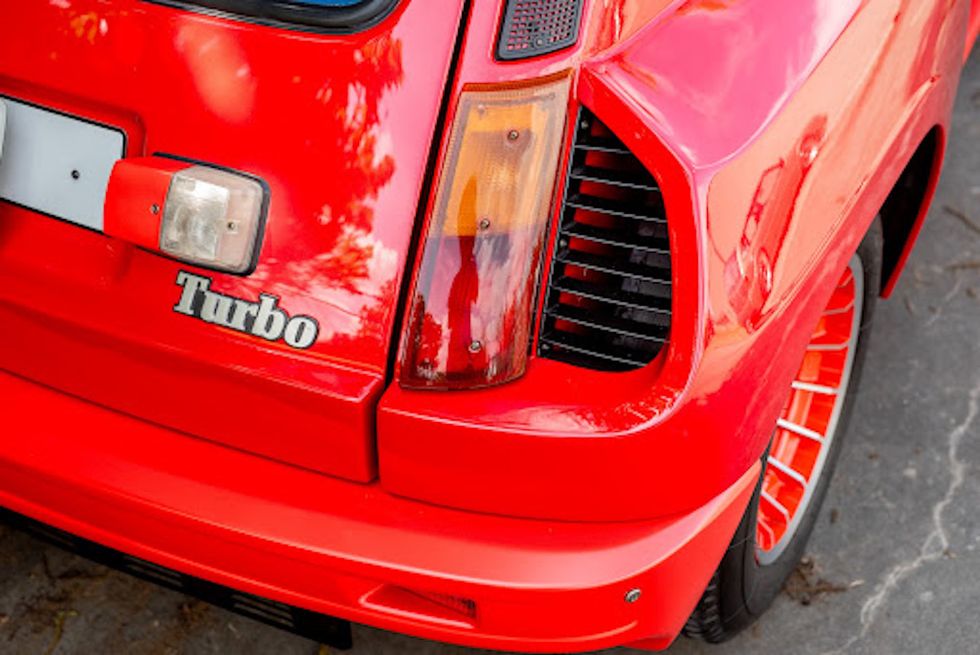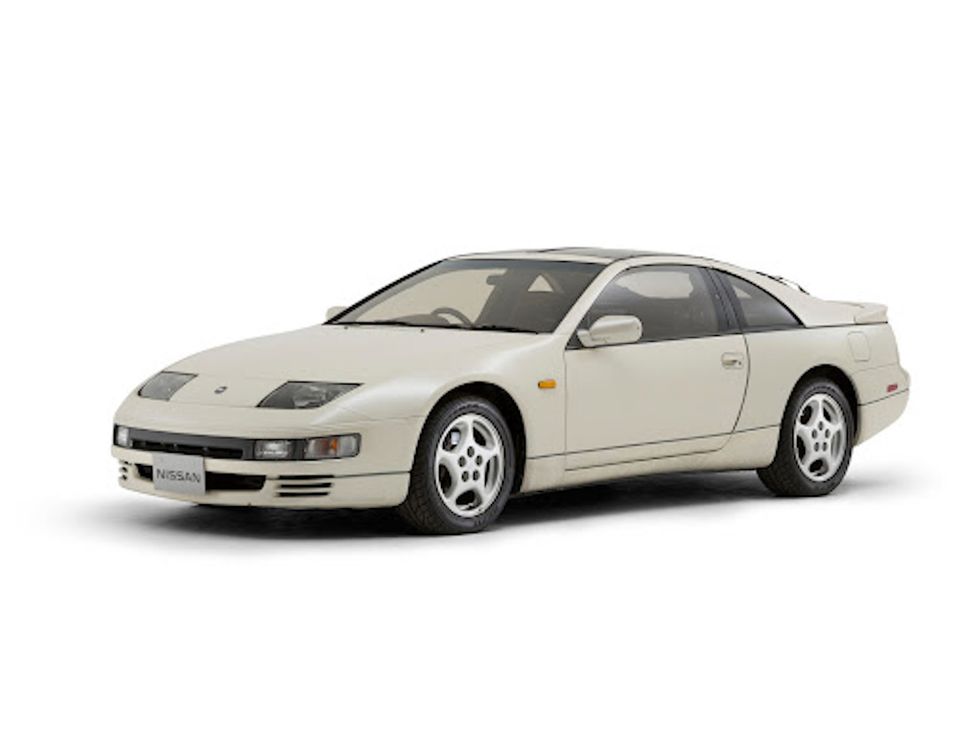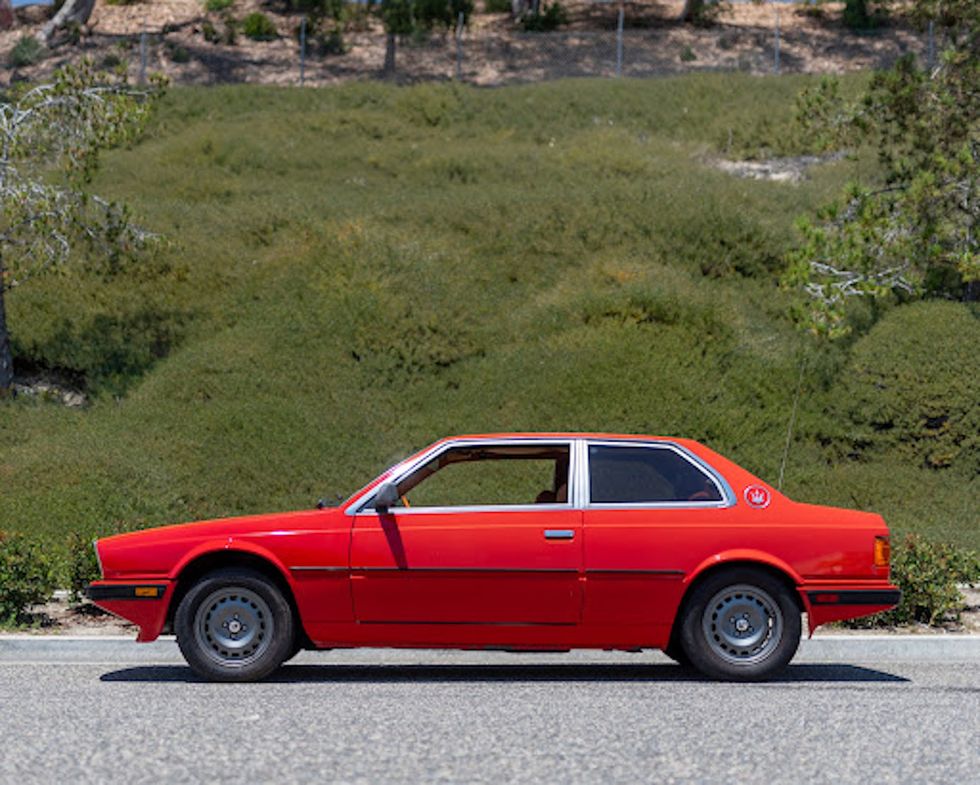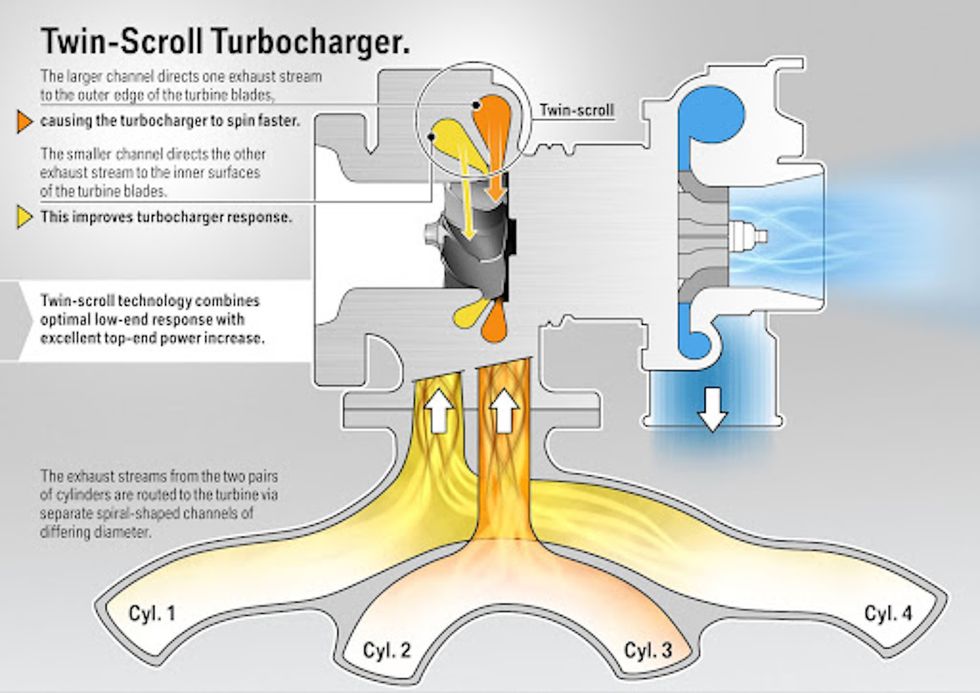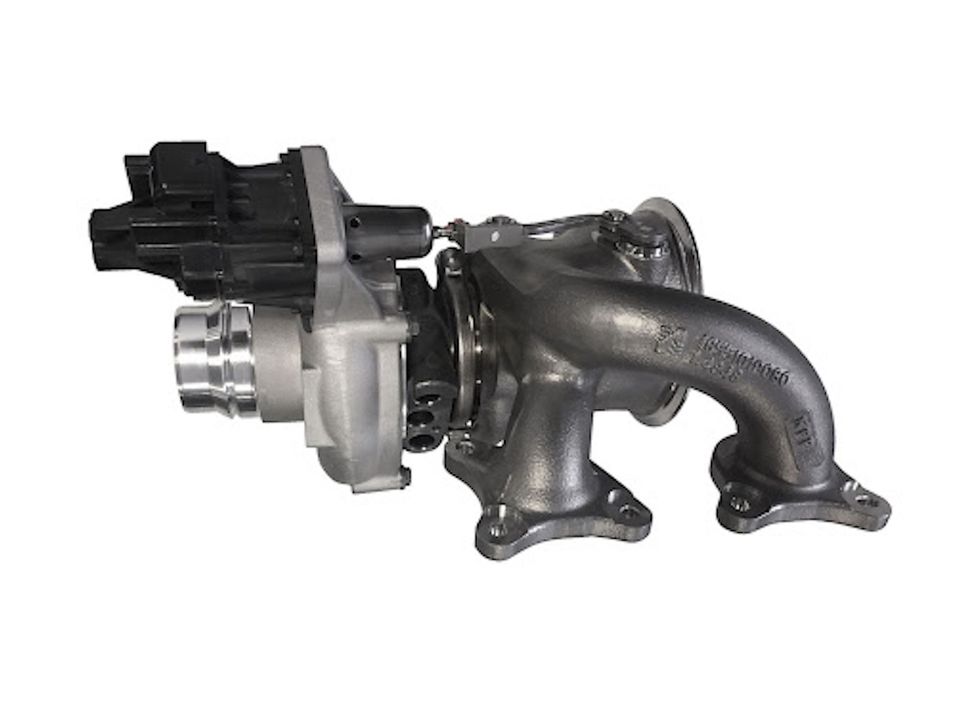For a long time in the automotive world, simply having a turbocharger on a street car was sufficient for bragging rights, as evidenced by the massive “TURBO” badging endemic to early Eighties machines. By the end of the decade, intercoolers became the next technological advancement to proudly proclaim on side-panel graphics. In the Nineties, your car couldn’t turn heads unless it had at least a pair of turbochargers. Nowadays, the real action is with twin-scroll turbochargers, although good luck finding “twin-scroll” emblazoned anywhere on a brand-new machine.
This doesn’t mean the twin-scroll turbo isn’t a meaningful breakthrough in the world of forced induction. Quite the opposite: twin-scroll turbos offer all the benefits of turbocharging with hardly any of the downsides. Automakers should be proclaiming it on badges, if you ask me.
The Eternal Battle Against The Forces Of Lag
Of course, to understand why the twin-scroll turbocharger has been a boon for turbo cars, we must first understand the mechanics of turbocharging. In a turbocharged engine, as exhaust gas flows out of the cylinders, the exhaust manifold channels it into a single passage on the turbocharger. This passage surrounds a bladed wheel known as the “turbine.” This wheel spins as the exhaust gas flows over it.
This turbine is connected by a shaft to a finned wheel known as the “impeller” on the intake side of the turbocharger. As the impeller spins, it compresses incoming fresh air and sends it at high pressure through the intake manifold to the cylinders. This denser air contains more oxygen; more oxygen means more ignition, and therefore, more power from the same size engine.
The first patent for a turbocharger was awarded in 1896, so it’s hardly a new idea. However, turbocharging was primarily relegated to commercial trucks and planes for decades after its invention, thanks to the high stresses involved with forced induction. The first attempt to bring turbo power to the masses was with the Chevrolet Corvair Monza and Oldsmobile Jetfire in 1962. Issues with heat damage, valve stress failures, and overheating turbochargers caused scores of vehicles to fail within the first few years on the road. GM eventually offered buyers a naturally-aspirated engine replacement for free, fearing a PR crisis from the turbocharged engine’s unreliability.
This early false start caused the turbocharger to disappear for decades. It took the fuel crisis of the Seventies to spur automakers to spend the development money on the precision machining and overbuilt, higher-pressure-tolerant engines to make turbochargers feasible.
The first real successes in the market were the Mercedes-Benz 300SD and the Saab 900 Turbo, both in 1978. With the concept finally proven for passenger cars in the real world, automakers and buyers began to flock to smaller-displacement and fuel-efficient turbocharged cars. It seemed like the replacement for displacement that the old-guy car shows told us didn’t exist. However, those no-replacement-for-displacement die-hards weren’t all wrong about turbo tech; it isn’t flawless.
There Are Problems With Replacing Displacement
Turbochargers inherently have numerous issues that impede consistent power delivery, thanks to the fickle nature of exhaust gas and manifold pressure. One of the largest problems engineers have to grapple with is that exhaust gas is not a continuously even flow of air with constant pressure. Instead, exhaust pulses in rhythm with the firing order of the cylinders, and it ebbs and flows with engine RPMs. In a traditional single-scroll, single-turbo setup, every cylinder’s exhaust gas must flow through the same manifold.
This means that while one cylinder’s exhaust valves are finishing letting out air, another cylinder’s exhaust valves are already open, changing pressure drastically inside the manifold. This inconsistency in pulses and pressure causes interference between cylinders’ exhaust gas and slows down the air moving over the turbine. The slower spinning of the turbine, in turn, adds more pressure to the manifold and further interferes with exhaust flow. In severe cases, if the backpressure gets too high, exhaust gas can be forced back through the manifold into the cylinders (a process known as reversion); this can cause engine damage, and the only way to prevent it is with less aggressive valves and engine timing—both of which cut back on power.
The second common issue with turbo power is much more familiar to anyone that’s ever driven an eighties turbocharged car: turbo lag. Simply put, this is the delay between putting your foot to the mat, and feeling the engine actually make power. To make boost, an engine first needs exhaust flow; to make exhaust flow, it needs to be under high load. This always means that there will be a delay from pedal pressure to peak torque.
The easiest way to combat this is with a smaller turbo that needs less exhaust flow to make peak pressure. Smaller turbos make less power at higher RPMs, however, so in a single-turbo system, there will always be a tradeoff between turbo lag and loss of top-end power.
The Team Rocket Approach: Make It Double
So how do you avoid these issues? The most straightforward way to solve exhaust pressure and lag problems—and really, most problems one might encounter in life—is to simply add another turbocharger. With a parallel twin-turbo arrangement, each turbo handles half of the cylinders’ exhaust. (In a V layout motor, for example, this means one turbocharger handles the right bank of cylinders, and the other handles the left.) The exhaust valves for each cylinder now have double the time to open, expel fumes, and close again, which reduces flow interference. Exhaust flow and turbine speed is now smoother for each turbo. Parallel twin-turbocharging also allows for each individual turbo to be smaller to make the same overall power, which minimizes turbo lag.
Another method of twin-turbocharging is a sequential-turbo arrangement, where one turbo is operational solely at low RPM, and one is operational solely at high RPM. This almost entirely eliminates boost lag, but it doesn’t solve the exhaust-pressure issues, and it is usually very complicated to implement.
Of course, the downside of both sequential and parallel twin-turbocharging is obvious. It’s vastly more expensive than a traditional single-turbo setup, because you need two of everything—exhaust manifolds, turbochargers, wastegates, intercoolers, sometimes even intake manifolds—and it’s hard to fit in the engine bay, because you need two of everything. It’s also heavy, because… well, you need two of everything.
The first production car to make use of a parallel twin-turbo setup was the aptly-named Maserati Biturbo, introduced in 1981. It was known primarily for being horrifically unreliable. While a significant number of more-attainable performance cars introduced down the line used twin-turbos in either a sequential or parallel setup, such as Mazda’s RX-7 and Nissan’s 300ZX, respectively, twin-turbocharging remained relegated primarily to higher-end vehicles.
The Scrolls of Power
There is one other option to solve the problems of lag and exhaust flow, however, and it is the twin-scroll turbocharger. Twin-scroll turbochargers are a single turbo housing with a single turbine blade, but with two channels (also known as “scrolls”) for exhaust gas to travel through. The manifold is divided into two scrolls, and each one gets half the cylinders’ exhaust. This doubles the time between valve openings in each scroll, even though they both feed the same turbine. With this setup, the exhaust pulses can be separated and timed like a parallel twin-turbo car, reducing flow interference, while still only using one turbo. Running a turbo engine with less fear of reversion means more ignition delay can be used, resulting in lower cylinder temperatures and leaner air/fuel mixtures, which increases efficiency.
Additionally, making one scroll large and routed to the outer edges of the turbine blades, and one scroll small and routed to the inner section of the turbine blades, allows for airflow that is optimized for the entire rev range. The small scroll allows for faster airflow—and less lag—at low RPMs, and the large scroll keeps the powerband strong even at high RPM. This reaps the benefits of a sequential twin-turbo system with vastly less complexity.
In short, twin-scroll turbos deliver more power from less fuel than a single turbo, and provide similar power to a twin-turbo setup with vastly lower weight and fewer parts.
How much less fuel? When BMW transitioned from using two single-scroll turbos to using one twin-scroll turbo on its “TwinPower” straight-six motors, there was a “reduction of fuel consumption by up to 9 percent” while still delivering the same horsepower and torque numbers.
Focusing on power increases can lead to even more breathtaking results. In testing performed by DSportMag, changing from a single-scroll to a twin-scroll turbocharger on a single-turbo four-cylinder engine increased horsepower and torque by 20% at midrange RPMs, and simultaneously shaved half a second or more off of turbo-lag time. DSportMag noted that the change was so drastic with a twin-scroll turbo, to see equivalent improvement with a single-scroll turbo, they would need to increase displacement by 12% in their 2.4-liter motor.
The Elder Scrolls
Cars dating as far back as the FC RX-7 Turbo II used twin-scroll turbos, but widespread adoption was slow due to high cost and complexity. However, modern manufacturing processes and computer-aided design have streamlined development and lowered prices drastically enough that twin-scroll turbos can be found virtually everywhere, including vehicles as mundane as the Ford Edge and Subaru Ascent.
Additionally, for high-performance applications where cost is no concern, twin-scroll turbos can still be paired just like traditional single-scroll turbos, offering further exhaust pulse separation for cleaner airflow and higher performance. Twin-turbo-twin-scroll setups can be found in the Mercedes-Benz S63 AMG, the McLaren Senna, the BMW M5, and the Ferrari 488 GTB, among others.
In the modern world, there are hardly any downsides and limitless upsides to using twin-scrolls over traditional single-scrolls, which is why if you read spec-sheets closely, you’ll begin to notice them virtually everywhere. The real question is: when do we get the “Twin-Scroll Turbo” badges?

